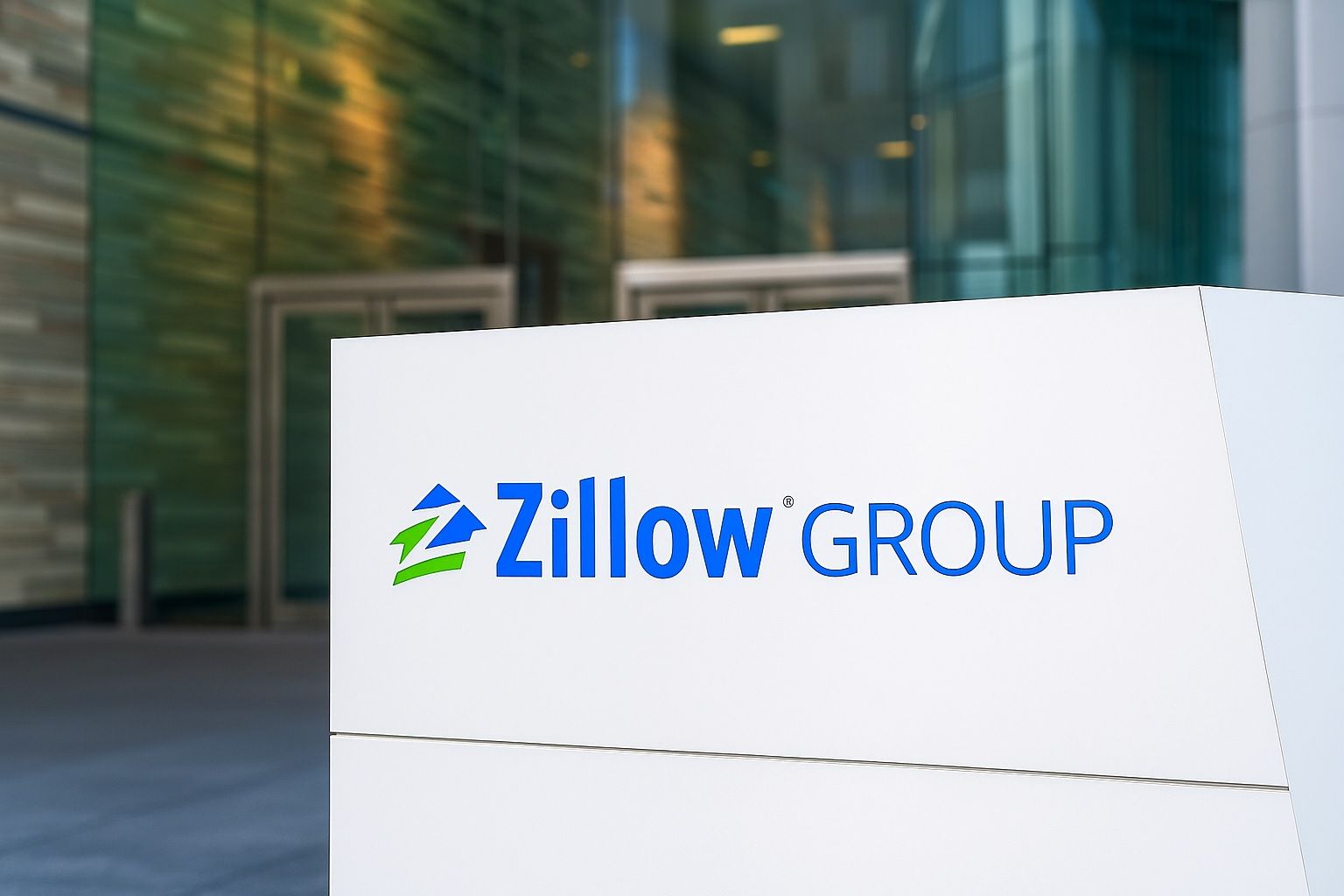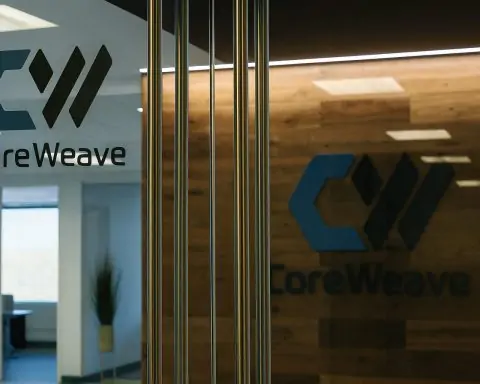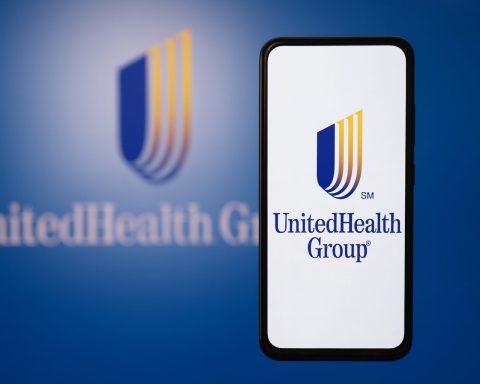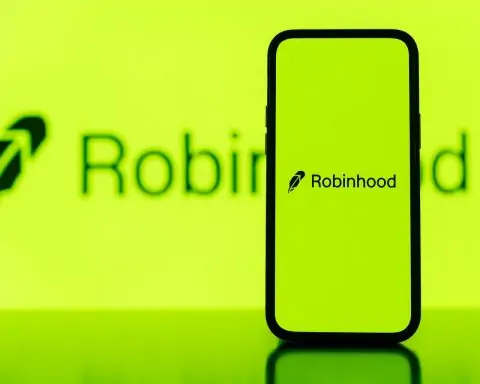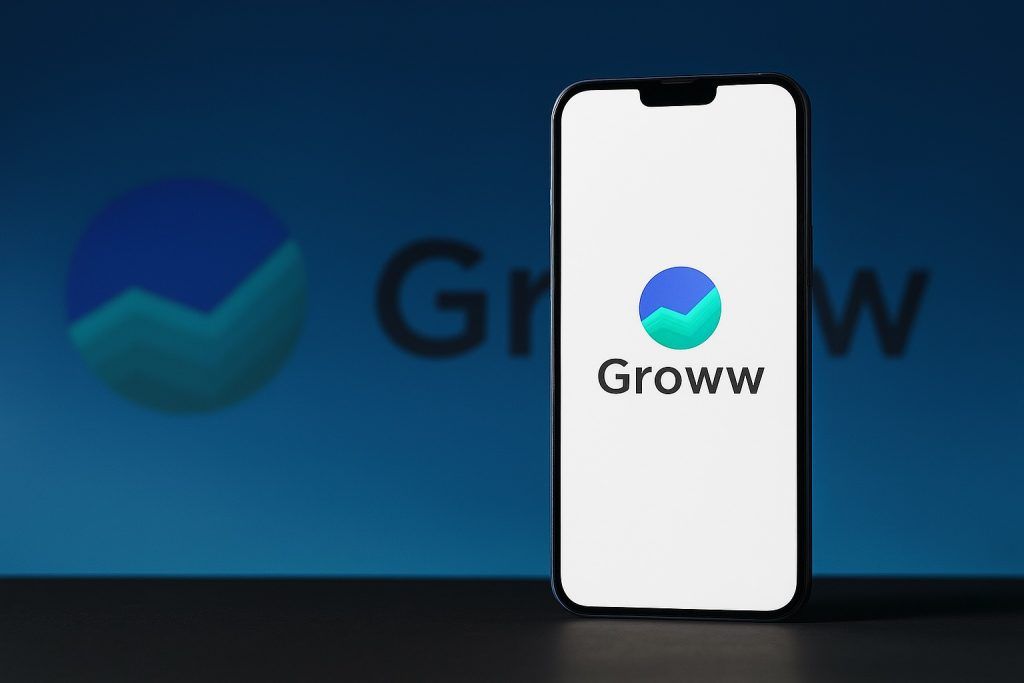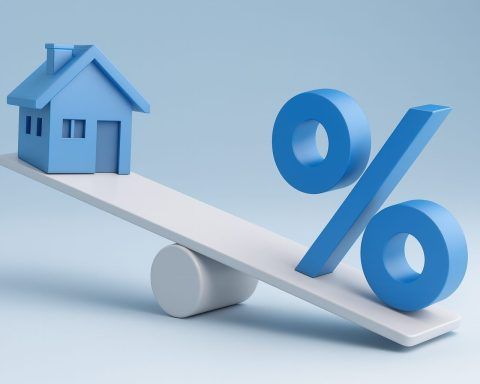The American dream of owning a home just got more expensive.
As of Sunday, November 16, 2025, new data from Zillow and Thumbtack show that the “hidden” costs of homeownership now average $15,979 per year nationwide — about $1,325 a month on top of the mortgage payment, rising faster than household incomes. [1]
At the same time, 30‑year fixed mortgage rates are hovering around 6.28% today, barely budging over the past week, keeping affordability under pressure for buyers already stretched by taxes, insurance, and maintenance. [2]
And for first‑time buyers, a fresh November feature on GOBankingRates warns that many new owners are blindsided by five unexpected expenses — from landscaping to appliance repairs — that can easily wreck a tight budget. [3]
Key Takeaways
- Hidden homeownership costs now average $15,979 per year in the U.S., up 4.7% over the past year, while incomes rose just 3.8%. [4]
- These “hidden” costs include about $10,946 in maintenance, $3,030 in property taxes, and $2,003 in homeowners insurance annually. [5]
- Insurance premiums have jumped 48% since 2020, with some markets like Miami seeing increases of more than 70%. [6]
- Today’s average 30‑year mortgage rate is about 6.28%, with 30‑year refi rates near 6.59% and 15‑year refis around 5.95%. [7]
- A new consumer piece on first‑time buyers highlights five surprise expenses: landscaping, system failures, disaster coverage gaps, appliance repairs, and furniture costs. [8]
1. Zillow’s New Report: The Real Price of Owning a Home in 2025
A new analysis from Zillow and Thumbtack, released November 13, lays out the stark math behind today’s affordability crunch. [9]
For a typical U.S. homeowner, the annual “hidden” cost of owning a home breaks down roughly as:
- $10,946 in ongoing maintenance and upkeep
- $3,030 in property taxes
- $2,003 in homeowners insurance
Total: $15,979 per year, or about $1,325 per month on top of the mortgage payment. [10]
These costs:
- Rose 4.7% over the last year,
- While household incomes rose just 3.8%. [11]
That gap is exactly what TheStreet flagged today, framing the Zillow report as a “red flag” for affordability, noting that homeownership costs have pushed above $15,900 a year and are outpacing income growth even as mortgage rates drift sideways rather than meaningfully lower. [12]
Where Hidden Costs Hit the Hardest
Zillow’s data show that the pain is most severe in already expensive coastal metros. In New York City, the annual hidden cost tab reaches about $24,381, while San Francisco comes in around $22,781 and Boston around $21,320. [13]
A separate breakdown focused on New York City underscores how this money is spent: five‑figure yearly maintenance and steep property‑tax bills together create a heavy, ongoing financial load for owners, especially first‑time buyers. [14]
Put simply: buying the home is only step one — the annual carrying cost is becoming its own barrier to entry.
2. Insurance and Taxes: The New Affordability Crisis
The Zillow/Thumbtack report makes it clear that insurance is the fastest‑rising piece of the puzzle.
- Average homeowners insurance premiums are now just over $2,000 a year nationwide.
- But in Miami, the typical annual premium has soared to about $4,607, up roughly 72% in five years.
- Other metros, including Jacksonville, Tampa, Orlando, and New Orleans, have seen spikes in the 60–80% range. [15]
Zillow’s senior economist Kara Ng warns that insurance is no longer just another line item in the budget; it’s becoming a “barrier to entry” for aspiring buyers, rising nearly twice as fast as homeowner incomes. [16]
Property taxes are another drag. Nationwide, the average owner is paying about $3,030 a year in property taxes, and these costs are rising alongside local home values and strained municipal budgets. [17]
Taken together, the combination of:
- Steep insurance hikes,
- Rising tax bills, and
- Higher maintenance costs
means that homeowners are watching their total housing costs grow faster than their paychecks.
3. Mortgage Rates Today: Sideways, Not Saving You
Hidden costs would be easier to swallow if mortgage rates had plunged. They haven’t.
According to Bankrate’s national survey, the average 30‑year fixed mortgage rate today (Sunday, November 16, 2025) is about 6.28%, with 30‑year refinance loans averaging 6.59% and 15‑year refis around 5.95%. [18]
Other trackers tell a similar story:
- Freddie Mac’s weekly Primary Mortgage Market Survey reports that 30‑ and 15‑year fixed rates were essentially flat this week, even as purchase activity ticked up. [19]
- Mortgage News Daily’s daily survey shows 30‑year fixed rates around 6.3–6.4% in mid‑November, slightly above Bankrate’s average but clearly in the mid‑6% range. [20]
- Earlier this month, some national coverage noted rates breaching 7%, underscoring how “relief” is relative compared with the low‑rate era of the 2010s. [21]
A fresh Yahoo Finance update this morning highlights that while rates have drifted slightly lower compared with early 2025, the move has been enough to spark a triple‑digit percentage jump in refinance applications — but not enough to truly restore affordability for new buyers. [22]
That’s why TheStreet characterizes the current environment as a sideways mortgage‑rate market colliding with sharply rising non‑mortgage housing costs — a dangerous combination for would‑be homeowners. [23]
4. Five Unexpected Expenses That Shock First‑Time Homeowners
While Zillow’s numbers focus on nationwide averages, the consumer reality on the ground is captured in a new GOBankingRates feature, “5 Unexpected Expenses That Surprise First‑Time Homeowners,” published November 13. [24]
Here’s how those five surprise costs break down — and how they connect back to today’s broader affordability story.
4.1 Landscaping and Outdoor Upkeep
When you buy a home, the yard becomes your problem — and your bill.
The article notes that many first‑time owners underestimate:
- Routine lawn care,
- Tree trimming (often required by insurers for safety reasons), and
- One‑off jobs like tree removal, which experts say can cost anywhere from a few hundred dollars to several thousand dollars depending on size and complexity. [25]
On top of that, there’s the “little stuff” — blinds, curtain rods, closet shelving, and new locks — which renters never had to worry about but owners pay for upfront. [26]
4.2 System Failures (HVAC, Roof, Water Heater)
Home inspections are helpful, but they aren’t crystal balls.
Real‑estate professionals quoted in the piece warn that major system failures — HVAC units, water heaters, or roofs — sometimes show up right after closing, even if the inspection looked clean. Repair or replacement can easily run $5,000 to $15,000 for a single issue. [27]
That lines up with the Zillow/Thumbtack estimate of more than $10,000 a year in routine maintenance, not counting big emergencies. [28]
4.3 Disaster Insurance Gaps
Standard homeowners policies do not automatically cover everything.
The article highlights two costly blind spots:
- Flood damage, and
- Sewer backup
These events are often excluded from basic policies, leaving owners to foot huge bills if they never added riders or separate policies. [29]
Add in the fact that base premiums themselves have climbed 48% since 2020, and it’s easy to see why insurance is now a central part of the affordability debate. [30]
4.4 Appliance Repairs
Renters are used to calling the landlord when something breaks. Homeowners are the landlord.
Even relatively simple appliance repairs can cost a few hundred dollars, and full replacements for refrigerators, ranges, or washers/dryers can reach into the thousands — especially if multiple appliances age out at once. [31]
Pair that with higher service‑call rates in many markets, and it becomes clear why Zillow counts thousands of dollars a year in maintenance costs as part of the typical owner’s budget. [32]
4.5 Furniture and Big‑Ticket Household Items
Filling a home is expensive — and getting pricier.
GOBankingRates notes that the costs of furnishing a house and equipping a yard are rising, particularly in light of recently proposed tariffs on home goods and upholstered furniture that could push prices higher. [33]
Between:
- Basic furniture,
- Outdoor equipment, and
- Everyday upgrades like rugs, lamps, and storage solutions,
new owners can easily spend thousands more than they anticipated in the first year alone.
5. How Much Should Buyers Budget? The 1%–4% Rule
Housing groups and insurers often recommend a simple rule of thumb:
set aside 1%–4% of your home’s value every year for maintenance and repairs. [34]
- For a $300,000 home, that means $3,000–$12,000 a year.
- For a $500,000 home, it jumps to $5,000–$20,000 a year.
Zillow’s new estimate of $10,946 in annual maintenance for a “typical” homeowner fits squarely within that range. [35]
When you add:
- ~1%–4% of home value for upkeep,
- Insurance premiums that may be rising in double‑digit percentages, and
- Property taxes that track local values and politics,
it becomes clear why today’s analysts say that many buyers are under‑budgeting for the real cost of owning a home.
6. What This Means If You’re Buying in Late 2025
For buyers shopping this winter, today’s data stack up to a blunt message:
If you only budget for the mortgage payment, you’re not ready.
Here are practical steps that align with the latest research and expert advice:
- Stress‑test your budget at today’s rates.
Use today’s average 30‑year rate of about 6.28% as a baseline and make sure you can comfortably afford the payment plus at least $1,325 a month in hidden costs, based on the Zillow/Thumbtack averages. [36] - Apply the 1%–4% maintenance rule conservatively.
If you’re buying an older home or one in a climate‑risk area (flood, wildfire, severe storms), consider aiming toward the higher end of that range. [37] - Shop insurance early — and understand exclusions.
Given the 48% jump in premiums since 2020, buyers should obtain detailed quotes before making an offer and explicitly check for gaps in flood, wind, and sewer‑backup coverage. [38] - Model future property‑tax increases.
In high‑tax states or fast‑rising metros, today’s tax bill might be the lowest you’ll ever see. Look at recent assessment trends and local policies when estimating long‑term affordability. [39] - Re‑evaluate the size and type of home you’re targeting.
Zillow’s tips, echoed in local coverage from New York and other metros, emphasize that larger homes and big yards come with bigger maintenance and tax bills. Smaller footprints and newer construction can significantly cut hidden costs in the early years. [40] - Build a “first‑year cushion” fund.
Between furniture, appliances, and surprise repairs, many of the GOBankingRates “unexpected expenses” hit hardest in year one. Planning a dedicated cushion for that first year can keep you from relying on high‑interest credit when something breaks. [41]
7. The Bottom Line
The headline numbers out today paint a clear — and sobering — picture:
- Mortgage rates are no longer at their peak but remain high enough to strain monthly budgets. [42]
- Hidden ownership costs — especially insurance, taxes, and maintenance — are climbing faster than incomes and adding roughly $16,000 a year to the cost of owning a “typical” home. [43]
- First‑time buyers face a minefield of surprise expenses, from tree removal to appliance failures, that traditional affordability calculators often ignore. [44]
For anyone hoping to buy in late 2025, the takeaway isn’t “don’t buy” — it’s “don’t underestimate.”
The new data from Zillow, the ongoing mortgage‑rate updates, and fresh consumer reporting on hidden expenses all point in the same direction:
You need a bigger safety margin than you think — in both your budget and your expectations — if you want homeownership to be a path to stability instead of stress.
References
1. investors.zillowgroup.com, 2. www.bankrate.com, 3. www.gobankingrates.com, 4. investors.zillowgroup.com, 5. www.nationalmortgagenews.com, 6. www.nationalmortgagenews.com, 7. www.bankrate.com, 8. www.gobankingrates.com, 9. investors.zillowgroup.com, 10. investors.zillowgroup.com, 11. www.nationalmortgagenews.com, 12. www.thestreet.com, 13. investors.zillowgroup.com, 14. whatnow.com, 15. www.nationalmortgagenews.com, 16. investors.zillowgroup.com, 17. www.nationalmortgagenews.com, 18. www.bankrate.com, 19. www.freddiemac.com, 20. www.mortgagenewsdaily.com, 21. news4sanantonio.com, 22. finance.yahoo.com, 23. www.thestreet.com, 24. www.gobankingrates.com, 25. www.gobankingrates.com, 26. www.gobankingrates.com, 27. www.gobankingrates.com, 28. www.zillow.com, 29. www.gobankingrates.com, 30. www.nationalmortgagenews.com, 31. www.gobankingrates.com, 32. www.zillow.com, 33. www.gobankingrates.com, 34. www.statefarm.com, 35. www.zillow.com, 36. www.bankrate.com, 37. yourhome.fanniemae.com, 38. www.nationalmortgagenews.com, 39. www.nationalmortgagenews.com, 40. whatnow.com, 41. www.gobankingrates.com, 42. www.bankrate.com, 43. investors.zillowgroup.com, 44. www.gobankingrates.com
